What happens when you squeeze DNA? Can pressure reveal something about how our genetic material is packed, protected, and accessed?
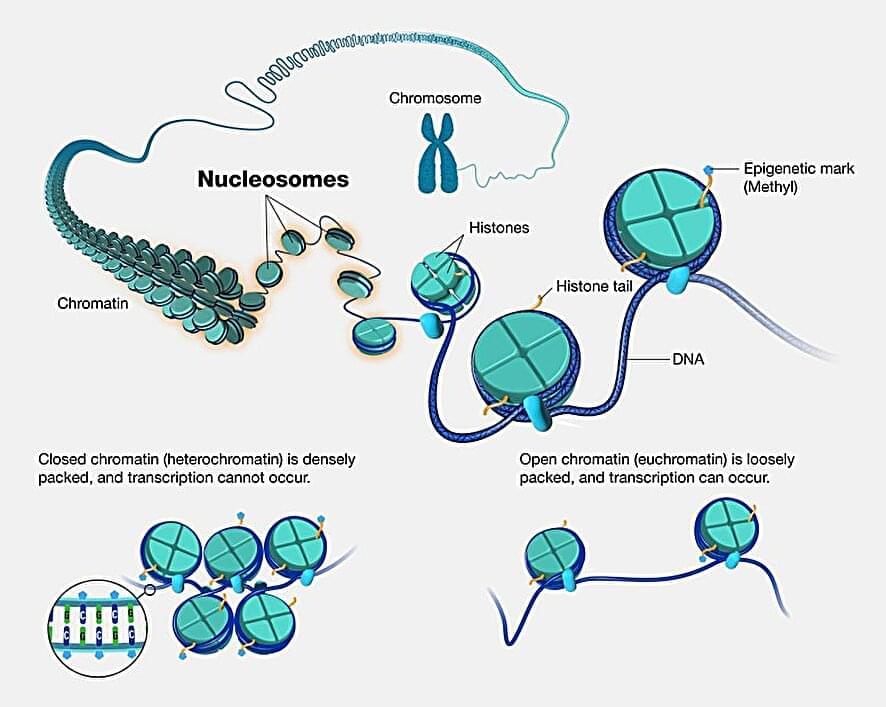


The artificial intelligence (AI) boom has created unprecedented demand for data traffic. But the infrastructure needed to support it faces mounting challenges. AI data centers must deliver faster, more reliable communication than ever before, while also confronting their soaring electricity use and a looming quantum security threat, which could one day break today’s encryption methods.
To address these challenges, a recent study published in Advanced Photonics proposes a quantum-secured architecture that involves minimal digital signal processing (DSP) consumption and meets all the stringent requirements for AI-driven data center optical interconnect (AI–DCI) scenarios. This system enables data to move at terabit-per-second speeds with low power consumption while defending against future quantum threats.
“Our work paves the way for the next generation of secure, scalable, and cost-efficient optical interconnects, protecting AI-driven data centers against quantum security threats while meeting the high demands of modern data-driven applications,” the researchers state in their paper.
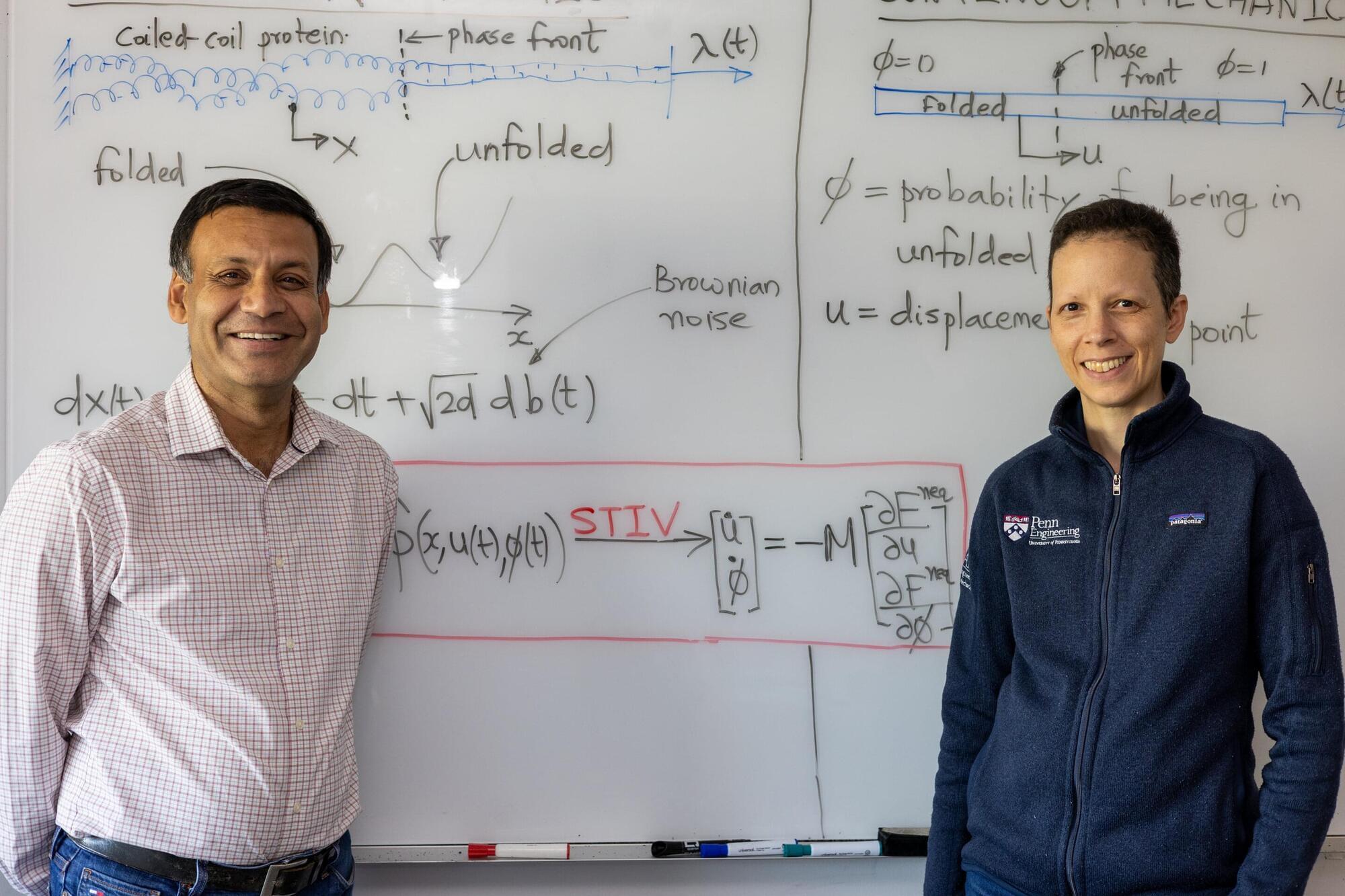
Penn Engineers have developed a mathematical “Rosetta Stone” that translates atomic and molecular movements into predictions of larger-scale effects, like proteins unfolding, crystals forming and ice melting, without the need for costly, time-consuming simulations or experiments. That could make it easier to design smarter medicines, semiconductors and more.
In a recent paper in Journal of the Mechanics and Physics of Solids, the Penn researchers used their framework, stochastic thermodynamics with internal variables (STIV), to solve a 40-year problem in phase-field modeling, a widely used tool for studying the shifting frontier between two states of matter, like the boundary between water and ice or where the folded and unfolded parts of a protein join.
“Phase-field modeling is about predicting what happens at the thin frontier between phases of matter, whether it’s proteins folding, crystals forming or ice melting,” says Prashant Purohit, Professor in Mechanical Engineering and Applied Mechanics (MEAM) and one of the paper’s co-authors. “STIV gives us the mathematical machinery to describe how that frontier evolves directly from first principles, without needing to fit data from experiments.”
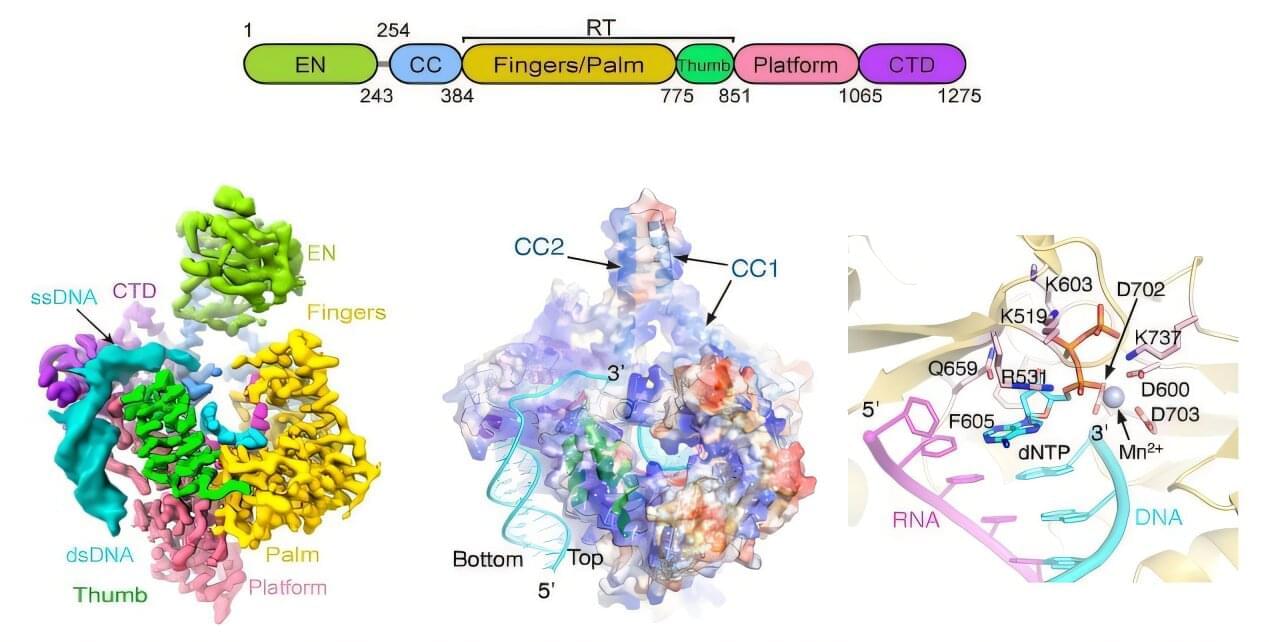
Long interspersed nuclear element-1 (LINE-1 or L1) is the only active, self-copying genetic element in the human genome—comprising about 17% of the genome. It is commonly called a “jumping gene” or “retrotransposon” because it can “retrotranspose” (move) from one genomic location to another.
Researchers from the Institute of Biophysics of the Chinese Academy of Sciences have now unveiled the molecular mechanisms that underlie L1’s retrotransposition and integration into genomic DNA. Their study was published in Science on October 9.
L1 is the only autonomously active retrotransposon in the human genome and serves as the primary vehicle for the mobilization of most other retrotransposons. Its retrotransposition process is mediated by the reverse transcriptase ORF2p through a mechanism known as target-primed reverse transcription (TPRT). Until now, the manner in which ORF2p recognizes DNA targets and mediates integration had remained unclear.
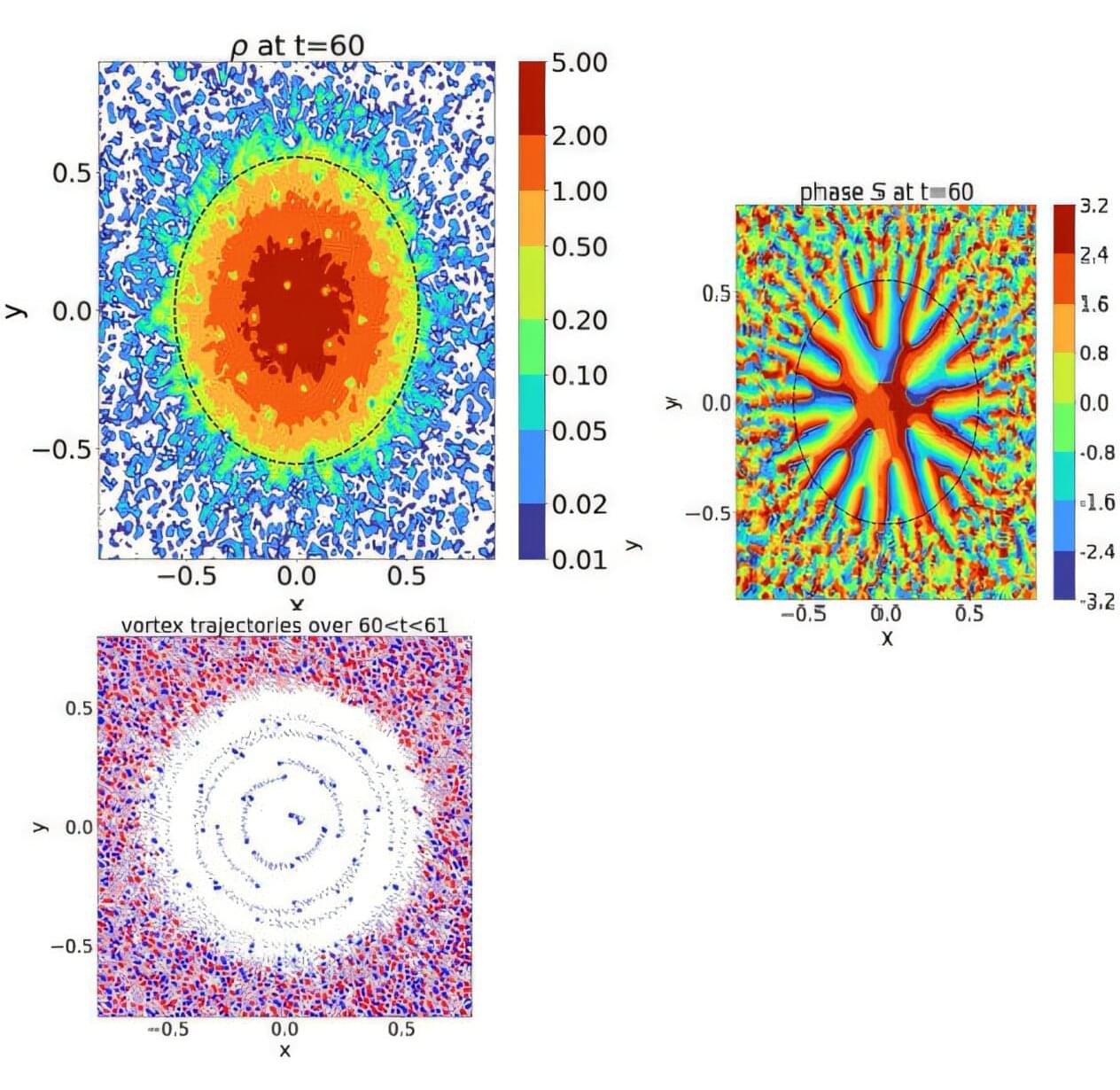
The nature of dark matter remains one of the greatest mysteries in cosmology. Within the standard framework of non-collisional cold dark matter (CDM), various models are considered: WIMPs (Weakly Interacting Massive Particles, with masses of around 100 GeV/c2), primordial black holes, and ultralight axion-like particles (mass of 10-22 to 1 eV/c2). In the latter case, dark matter behaves like a wave, described by a Schrödinger equation, rather than as a collection of point particles. This generates specific behaviors at small scales, while following standard dynamics (CDM) at large scales.
Philippe Brax and Patrick Valageas, researchers at the Institute of Theoretical Physics, studied models of ultralight cold dark matter with repulsive self-interactions, whose dynamics are described by a non-linear variant of the Schrödinger equation, known as the Gross-Pitaevskii equation, also encountered in the physics of superfluids and Bose-Einstein condensates. In their work, the authors follow the formation and dynamics of particular structures, called “vortices” (whirlpools) and “solitons” (cores in hydrostatic equilibrium), within halos of rotating ultralight dark matter.
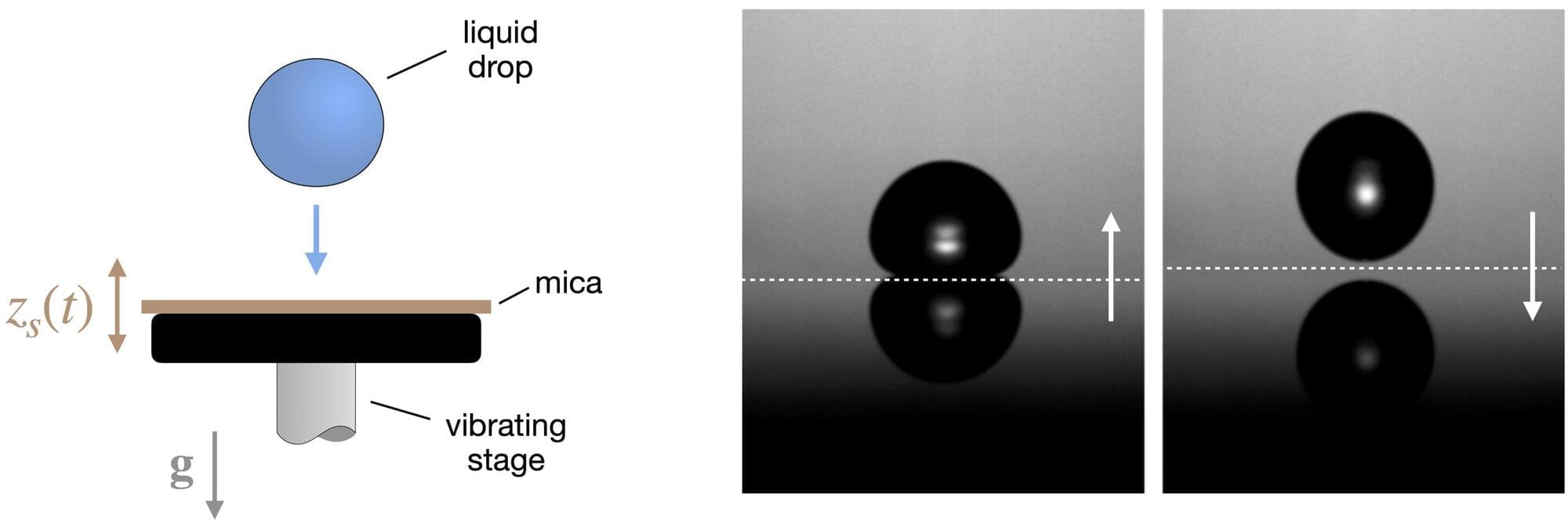
EPFL researchers have discovered that a droplet of liquid can bounce for several minutes—and perhaps indefinitely—over a vibrating solid surface. The seemingly simple observation has big implications for physics and chemistry.
If you’ve ever added liquid to a hot frying pan, maybe you noticed how the droplets bubbled up and skittered across the sizzling surface, rather than immediately flattening and wetting. This happens because the pan’s heat starts boiling the undersides of the droplets, producing vapor that acts as an insulating cushion on which they can—momentarily—dance.
Previously, scientists have produced a room-temperature version of this phenomenon—known as the Leidenfrost effect—by replacing the hot surface with a rapidly vibrating liquid bath. In these experiments, the vibrations produced a thin film of air on which the liquid droplets could bounce and hover perpetually.

What happens when electrons leave a solid material? This seemingly simple phenomenon has, until now, eluded accurate theoretical description. In a new study, researchers have found the missing piece of the puzzle.
Imagine a frog sitting inside a box. The box has a large opening at a certain height. Can the frog escape? That depends on how much energy it has: if it can jump high enough, it could in principle make it out. But whether it actually succeeds is another question. The height of the jump alone isn’t enough—the frog also needs to jump through the opening.
A similar situation arises with electrons inside a solid. When given a bit of extra energy—for example, by bombarding the material with additional electrons—they may be able to escape from the material.
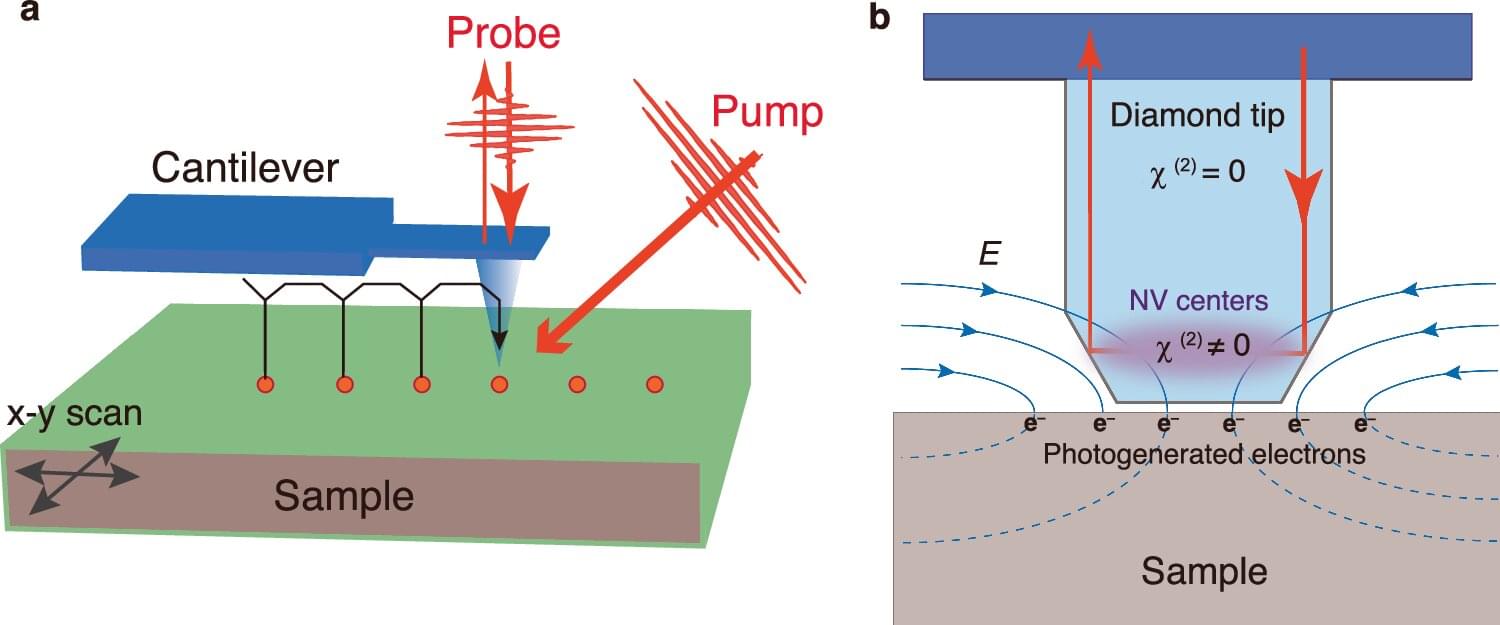
Researchers at University of Tsukuba have successfully measured electric fields near the surfaces of two-dimensional layered materials with femtosecond temporal and nanometer spatial resolution. They employed a diamond containing a nitrogen-vacancy center—a lattice defect—as a probe within an atomic force microscope, enabling atomic-scale spatial precision.
When nitrogen is incorporated as an impurity in a diamond crystal, the absence of a neighboring carbon atom forms a nitrogen-vacancy (NV) center. Applying an electric field to diamond containing NV centers modifies its refractive index, a phenomenon known as the electro-optic (EO) effect. Notably, this effect has not been observed in pure diamond alone.
In previous work, the research team used a femtosecond laser to detect lattice vibrations in diamond with high sensitivity by measuring the EO effect in high-purity diamond containing NV centers. These results demonstrated that diamond can act as an ultrafast EO crystal and serve as a probe—termed a diamond NV probe—for measuring electric fields.

In the right combinations and conditions, two-dimensional materials can host intriguing and potentially valuable quantum phases, like superconductivity and unique forms of magnetism. Why they occur, and how they can be controlled, is of considerable interest among physicists and engineers. Research published in Nature Physics reveals a previously hidden feature that could explain how and why enigmatic quantum phases emerge.
Using a new terahertz (THz) spectroscopic technique, the researchers revealed that tiny stacks of 2D materials, found in research labs around the world, can naturally form what are known as cavities. These cavities confine light and electrons into even tinier spaces, potentially changing their behavior in drastic ways.
“We’ve uncovered a hidden layer of control in quantum materials and opened a path to shaping light–matter interactions in ways that could help us both understand exotic phases of matter and ultimately harness them for future quantum technologies,” said James McIver, assistant professor of physics at Columbia and lead author of the paper.
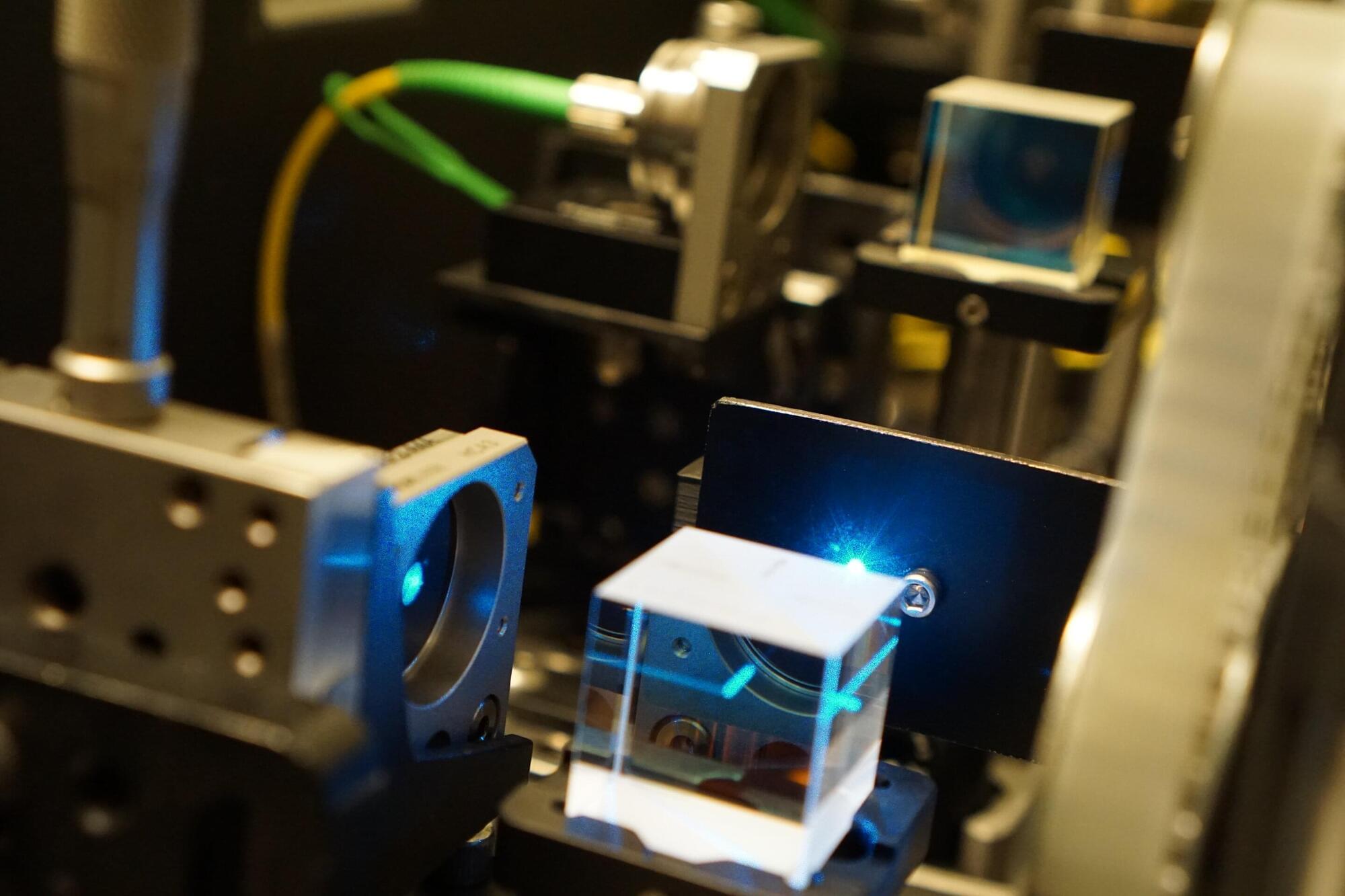
Researchers at Umeå University and the Swedish Defense Research Agency, FOI, have developed new laser methods that can quickly detect chemical weapons and harmful bacteria directly on site—without the need to send samples to a laboratory.
Hazardous chemicals can appear in many forms. They can be pollutants in waterways, pesticides in our food, or synthetic substances designed to cause harm—such as narcotics or chemical weapons. To reduce the risk of these substances entering our bodies, it is crucial to be able to detect them quickly and reliably.
A new doctoral thesis from Umeå University shows how laser light can be used to do just that.